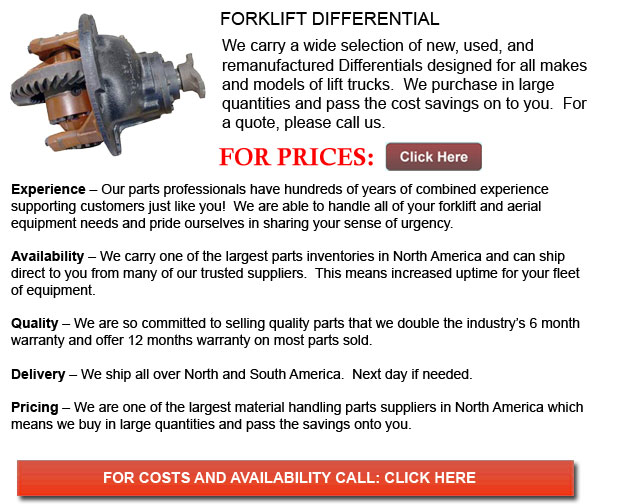
A mechanical device which can transmit rotation and torque via three shafts is known as a differential. Every now and then but not at all times the differential would utilize gears and will function in two ways: in vehicles, it provides two outputs and receives one input. The other way a differential operates is to combine two inputs in order to create an output that is the sum, average or difference of the inputs. In wheeled vehicles, the differential enables each of the tires to rotate at different speeds while supplying equal torque to each of them.
The differential is designed to drive a set of wheels with equivalent torque while enabling them to rotate at various speeds. While driving around corners, a car's wheels rotate at different speeds. Several vehicles such as karts function without a differential and use an axle as an alternative. When these vehicles are turning corners, both driving wheels are forced to spin at the same speed, usually on a common axle that is powered by a simple chain-drive apparatus. The inner wheel has to travel a shorter distance compared to the outer wheel while cornering. Without utilizing a differential, the outcome is the outer wheel dragging and or the inner wheel spinning. This puts strain on drive train, causing unpredictable handling, difficult driving and damage to the tires and the roads.
The amount of traction considered necessary to be able to move the vehicle at any given moment depends on the load at that moment. How much friction or drag there is, the car's momentum, the gradient of the road and how heavy the vehicle is are all contributing factors. Amongst the less desirable side effects of a conventional differential is that it could reduce traction under less than ideal conditions.
The torque provided to every wheel is a result of the transmission, drive axles and engine applying a twisting force against the resistance of the traction at that specific wheel. The drive train could typically supply as much torque as needed unless the load is extremely high. The limiting factor is commonly the traction under each wheel. Traction can be interpreted as the amount of torque which could be generated between the road exterior and the tire, before the wheel starts to slip. The car would be propelled in the intended direction if the torque applied to the drive wheels does not go over the limit of traction. If the torque used to each and every wheel does exceed the traction limit then the wheels will spin continuously.
![]() Click to Download the pdf
Click to Download the pdf
Forklift Parts








Lift Parts Express Modesto
TOLL FREE: 1-888-695-7994
LOCAL: 209-343-9537
3430 Tully Road
Modesto, California
modestoforkliftparts.com
Email Us
About Us



